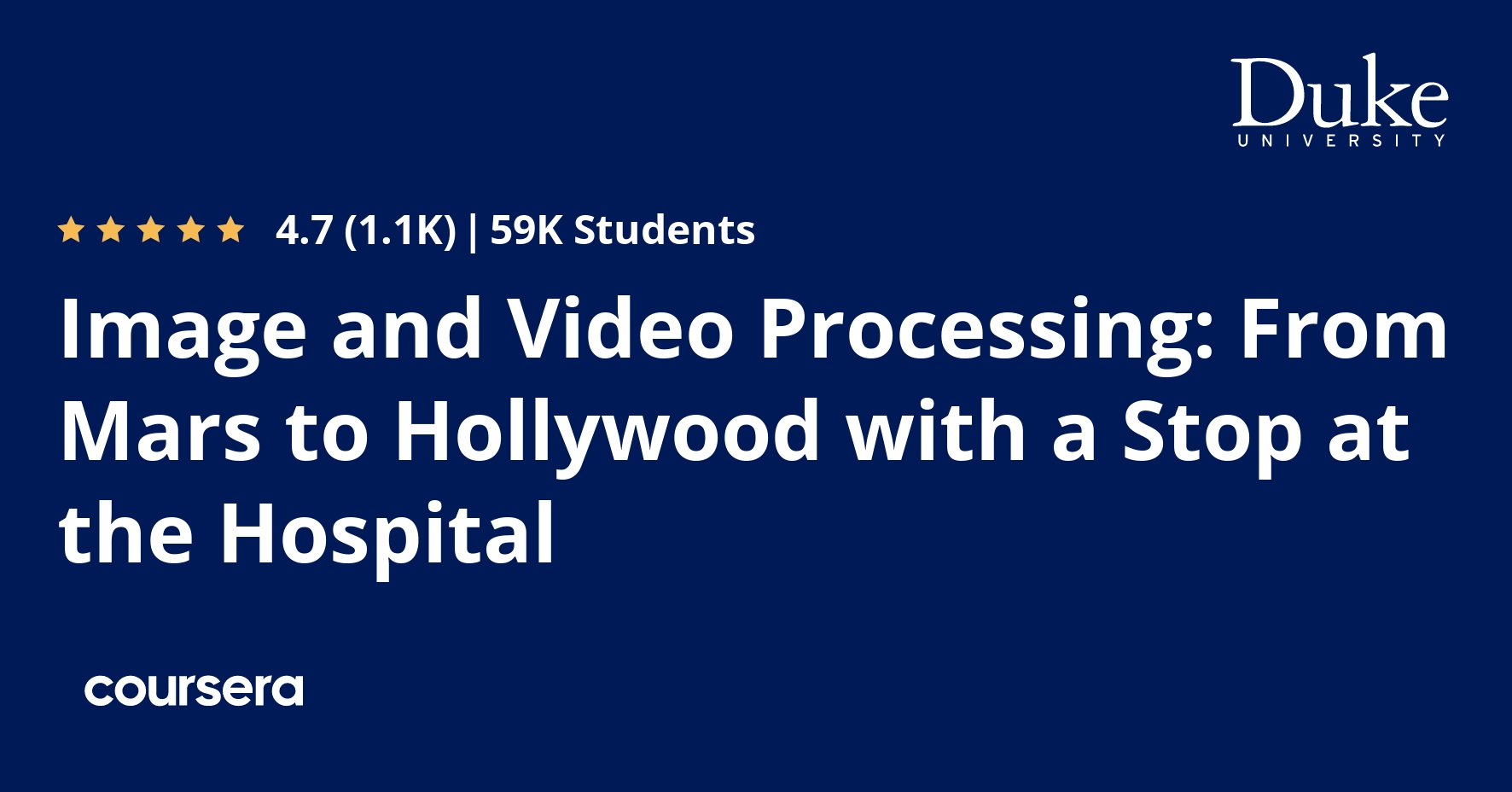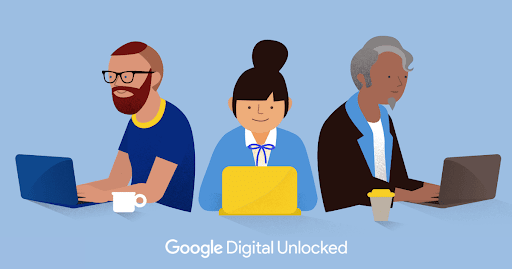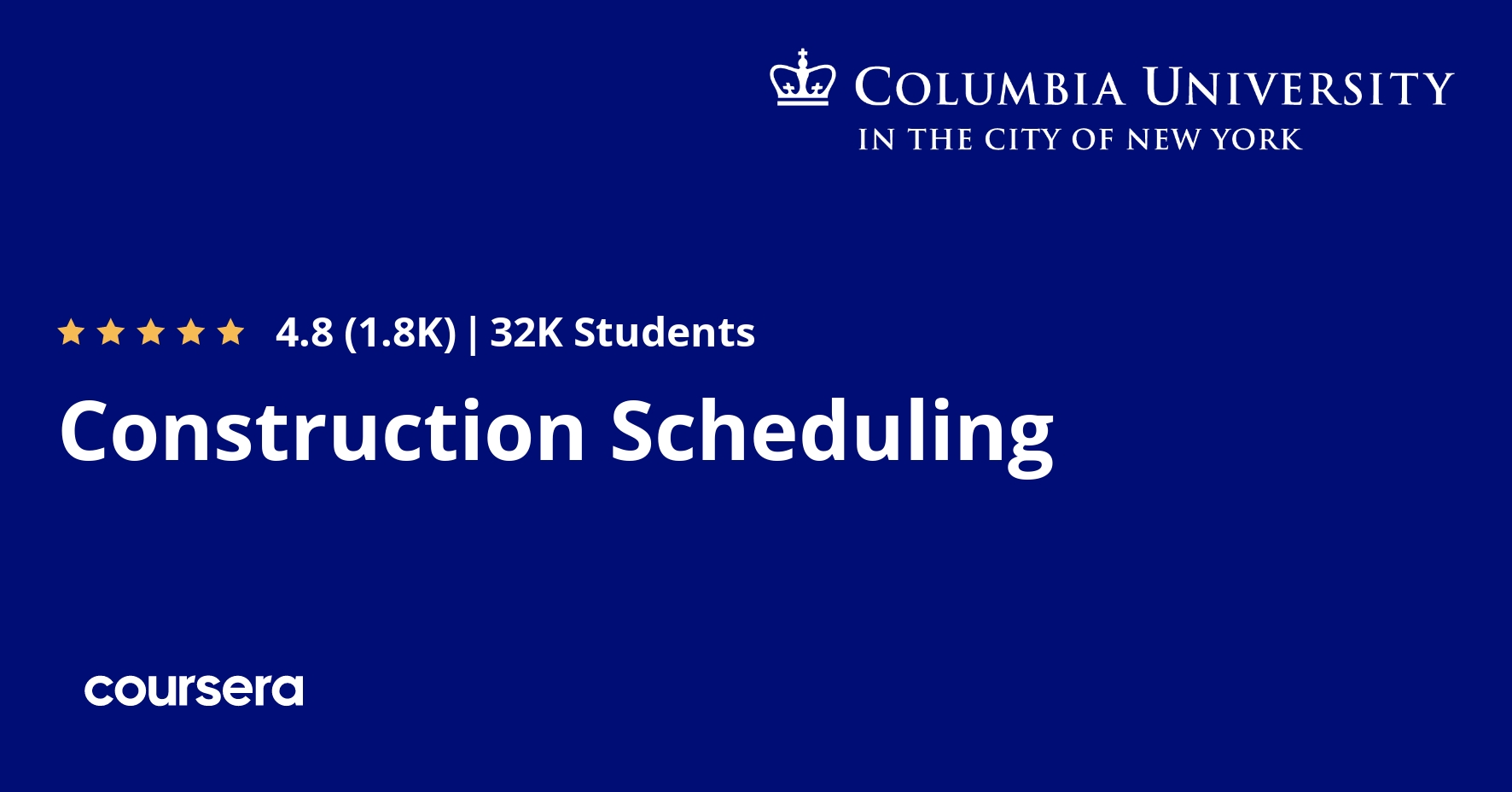Description
In this course, you will learn the science behind how digital images and video are made, altered, stored, and used. We will look at the vast world of digital imaging, from how computers and digital cameras form images to how digital special effects are used in Hollywood movies to how the Mars Rover was able to send photographs across millions of miles of space.
The course starts by looking at how the human visual system works and then teaches you about the engineering, mathematics, and computer science that makes digital images work. You will learn the basic algorithms used for adjusting images, explore JPEG and MPEG standards for encoding and compressing video images, and go on to learn about image segmentation, noise removal and filtering. Finally, we will end with image processing techniques used in medicine.
This course consists of 7 basic modules and 2 bonus (non-graded) modules. There are optional MATLAB exercises; learners will have access to MATLAB Online for the course duration. Each module is independent, so you can follow your interests.
What you will learn
Introduction to image and video processing
Learn what is image and video processing. Learn the very basic concepts of human perception needed for understanding image processing. Learn simple tools in signal processing needed to understand following units.
Image and video compression
JPEG and MPEG are the most successful algorithms in the area, widely used by everybody in a daily basis, and the goal of this unit is to understand how they work. Also to understand why these techniques are important and why they are enabling technologies. Also will describe what is done in the Mars expedition.
Spatial processing
Some of the most basic tools in image processing, like median filtering and histogram equalization, are still among the most powerful. We will describe these and provide a modern interpretation of these basic tools. Students will then become familiar with simple and still popular approaches. We will also include non-local means, a more modern technique that still uses classical tools.
Image restoration
The goal of this unit is to complement Unit 3 by adding prior information about the sources of degradation. Students will learn that if we know about the degradation process, we can do better. The objective of this unit is to complete the training with basic and powerful classical tools.






